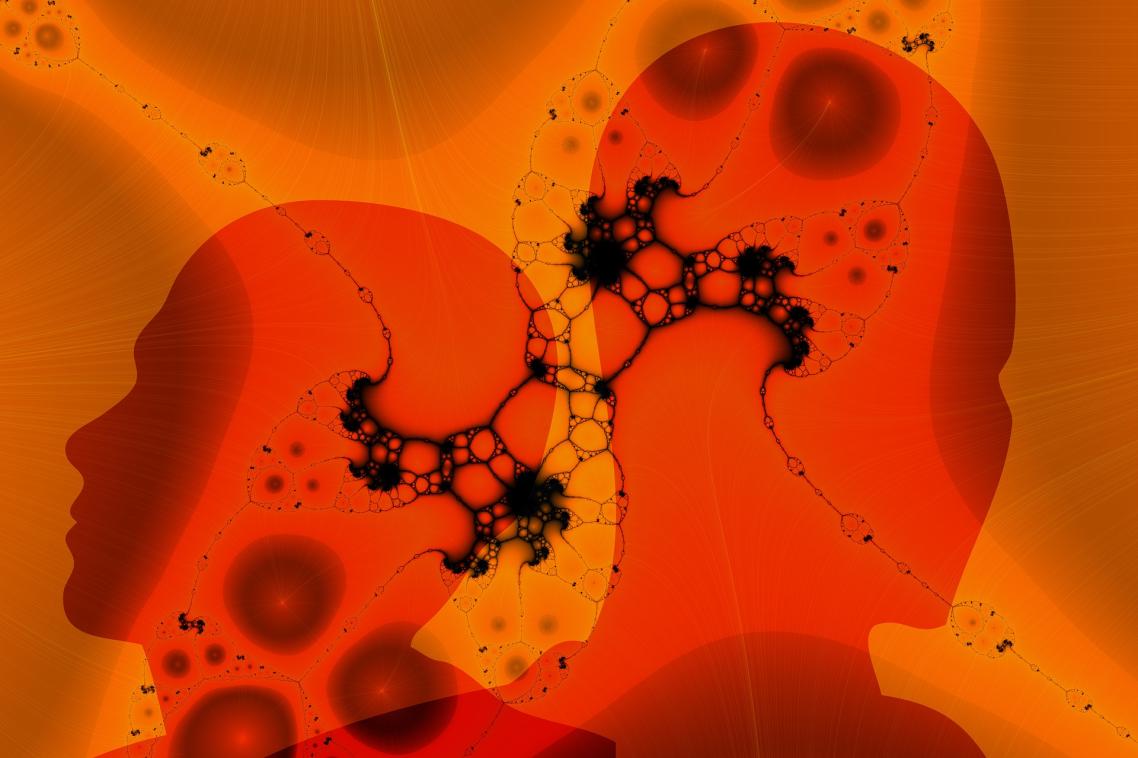Gene network sparks future autism treatment

A mutated gene found in people with intellectual disabilities that could be targeted for treatment has been identified by an international team including University of Queensland researchers.
The gene, USP9X, regulates a network of genes underlying intellectual disability (ID) and autism spectrum disorder (ASD).
UQ School of Biomedical Sciences Associate Professor Michael Piper said focussing on the network, rather than individual genes, could lead to therapy developments for a range of neurological disorders.
“Treating ID and ASD one gene at a time is not feasible, as more than 1000 genes have been implicated in the conditions,” Dr Piper said.
“Research is switching to identifying networks in which multiple genes function in common pathways, such as USP9X.
“USP9X regulates a family of proteins that control how nerves communicate and share information.
“By targeting this network, there is a possibility that treatments could be developed that will help a wide range of patients.”
Mice lacking the USP9X gene were used to study the function of this factor, as well as its interacting partners.
Mutations in USP9X have also been implicated in Parkinson’s and Alzheimer’s diseases.
The research showed a critical two-week period following birth where development of USP9X is crucial to normal brain function.
“This represents a window of opportunity for therapeutical intervention,” Dr Piper said.
“It is possible that this model will help test interventions in mice as a step towards developing new therapeutic approaches for patients.”
The research was conducted in collaboration with Northwestern University, Griffith University and the University of Adelaide, and published in Neuron (DOI: 10.1016/j.neuron.2019.11.003).
Media: Associate Professor Michael Piper, m.piper@uq.edu.au; Faculty of Medicine Communications, med.media@uq.edu.au, +61 7 3365 5118, +61 436 368 746.
Topics
Related articles

Australia needs doctors – so why are hundreds of qualified international physicians unable to work?

Greater attention needed on community service workforce
Media contact
UQ Communications
communications@uq.edu.au
+61 429 056 139
